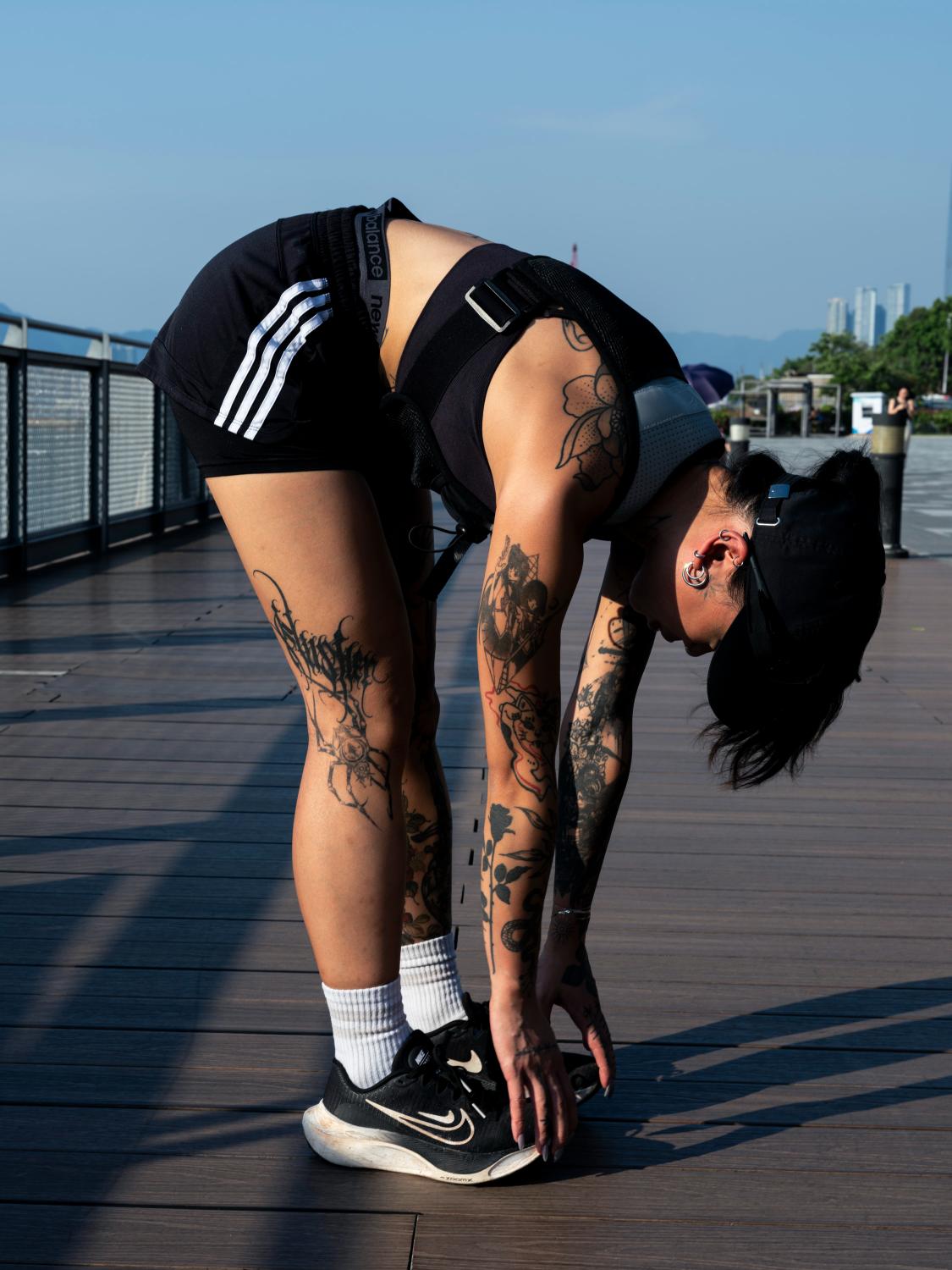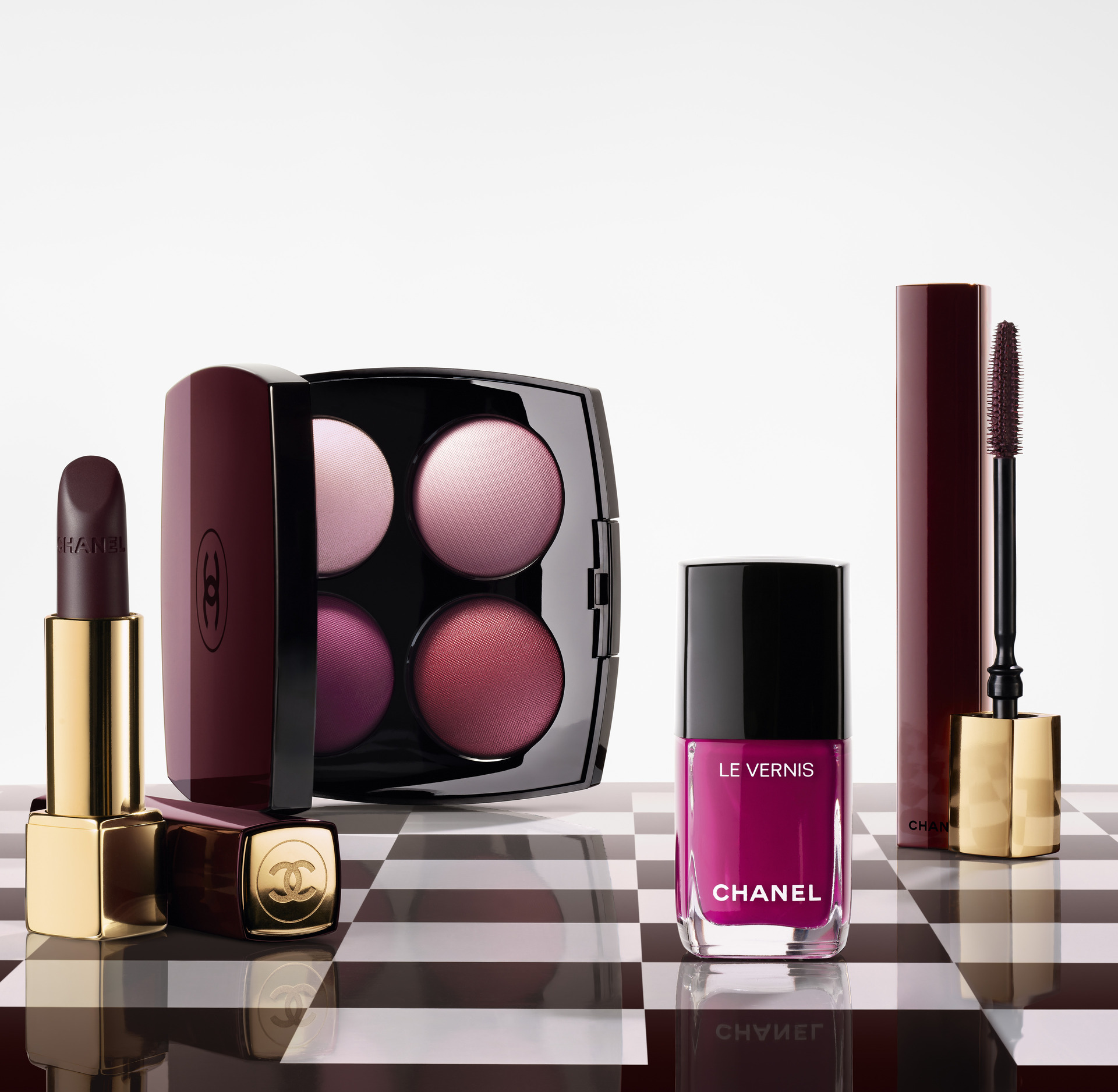Kristina Blahnik is taking Manolo Blahnik back to the East. With three shops set to open in Hong Kong catering to both men and women and plans to open in China, the CEO and niece of founder Manolo Blahnik talks to Zaneta Cheng about how she’s securing the brand for generations to come, and how the key to longevity is curiosity and uncompromising design

It’s been more than 10 years since Kristina Blahnik decided to leave her career as an architect behind and join her family business, taking on duties as CEO in 2013. The brand, a cultural phenomenon, which has adorned the feet of the likes of Anna Wintour and Carrie Bradshaw in Sex and the City, has grown from being run by her mother and her uncle, the inimitable Manolo Blahnik, to a 150-strong operation within the retailing and design business with another 80 people in a factory the brand acquired in 2019. It remains family-owned – design is still ideated by the 81-year-old founder, now with contribution from his niece.
Tall, with her hair swept into a sleek bun, the Cambridge graduate is in Hong Kong for the opening of the brand’s new boutique in Lee Garden One. There’s a new Pitita shoe, a dragon-motif stiletto in red and gold, that has been issued to commemorate the occasion. It’s an archive shoe that Manolo has reissued given that red is the colour of luck and the dragon echoes the year of its relaunch, because “it’s the best year to open something”. While the silhouette was designed by her uncle in the ’70s, the reissue is as modern and as “Manolo” as they come.
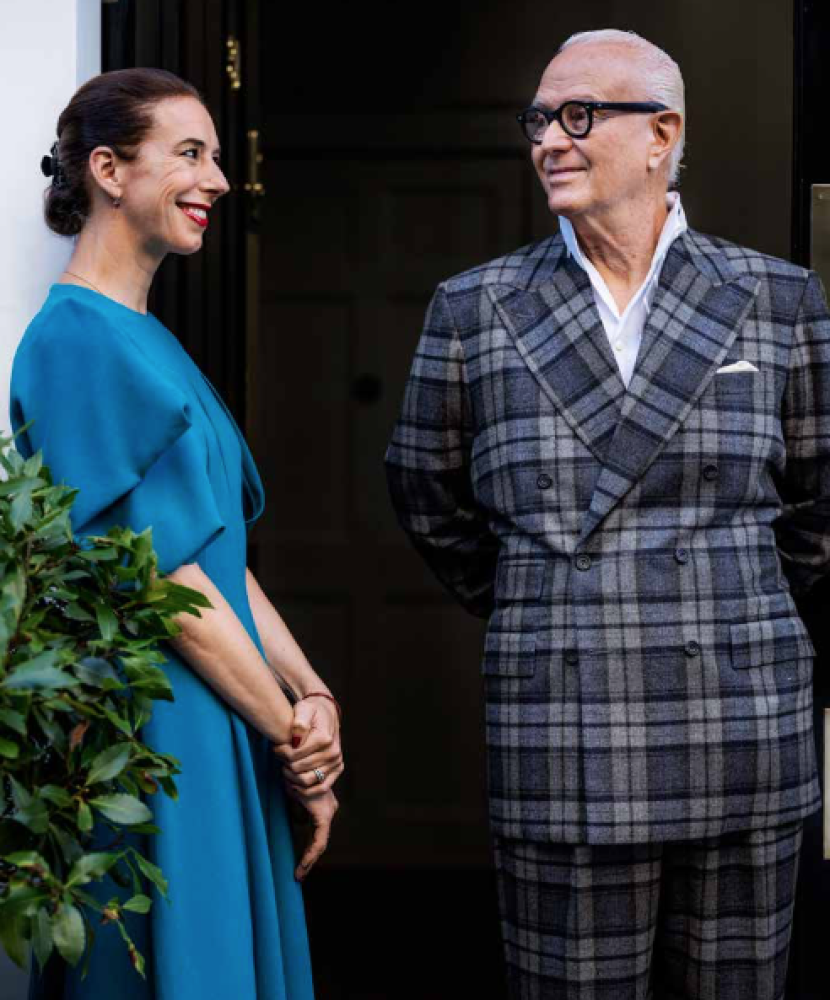
Timeless and exacting, the brand has never produced trainers like other cordwainers. For Blahnik, the key to ensuring the brand’s longevity is to grow in a smart, considered and organic way, “without manufacturing situations where we’re now going to capture all this audience. It’s about sincere growth and storytelling and never compromising what we stand for.”
Since joining, Blahnik has built the brand’s digital archive, including a virtual craft room, that celebrates its 54-year history as well as establishing the business in online retail and social media. This year, her sights are set on the East. On top of the store opening in Lee Gardens, two more are planned in the city before the brand continues into China.
Congratulations on your Hong Kong store opening. It’s the first of three that will open in Hong Kong with more to come in Asia. What brought about this decision to expand the Manolo Blahnik brand in Asia?
It’s always been part of the plan to have a global footprint and to be able to learn about the cultures and needs in different parts of the world. Asia is an important part of that and I think it’s also having your own stores with a great distribution partner who can really convey your message consistently.
Hong Kong is the first city that I ever encountered in Asia and it’s my Asian home. My ex-husband, who’s the designer of our stores and who is still a great friend, grew up here and his father was a Cathay pilot, so I spent a lot of time here and it means a lot that Hong Kong is the first point in Asia where, through a joint venture with Bluebell, we’re able to go direct to consumer for the first time.
It’s also, of course, the gateway to China, which we’ve never sold product into because we had an amazing 22-year journey to get our trademark, which we got in June 2022 and we’re hopefully looking to finally be able to open a store in China, where the customer is so sophisticated.
I have so much to learn and I’m so curious and excited to just consume experiences and cultures. You know, we’re a generational company and the value of family is so prevalent and obvious here. It’s patent in what we do and there are more generations working here in Hong Kong than I think in most other countries that I see – at least at this level. I think you really feel it here and the stories I hear just resonate with our brand so much.
Also see: Manolo Blahnik opens new Hong Kong boutique with exclusives
You’ve witnessed the growth of the brand ever since you were a child and you’ve chosen to work for the family business. What do you remember of your uncle Manolo and your mother who worked with him from your childhood?
I didn’t see it as a brand. I saw it as a home. Because it was! I would come home from school and go to the living room and say, “Hi Mum, hi Uncle Manolo!” Then I’d go upstairs and do my homework in their little global head office, which stayed the head office until 1997, which was tiny. It was me and the dog upstairs with a little black- and-white TV. I’d have my tin foil sausage sandwich and that was it.
I’d watch them from the top of the really steep stairs, and I’d watch and listen to what they were doing. Because they were selling, they were talking to the press, they were taking wholesale orders, they were unpacking collections – they were doing everything. Bookkeeping and running the daily sheets at the end of the day was just actually writing on a little chip and sticking it on giant pieces of sticky paper. There were no computers so that was how we did our bookkeeping. It was entirely manual.
When the shop was empty, I was allowed to go downstairs and that would be my playground. One of the younger gentlemen joined in his early 20s. He’s just about 10 years older than me. He’s celebrating his 40th year with us this Friday.
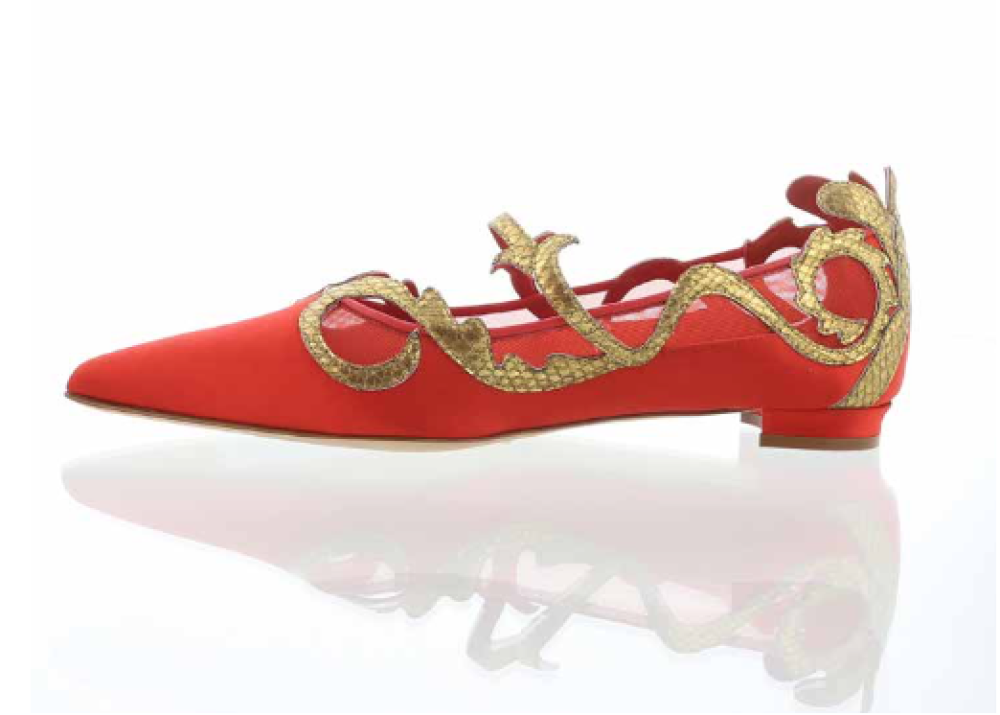
I’ve heard that rather than having a design team, the design has always been conceived by your uncle Manolo and, since you’ve joined the company, you as well.
It was just him and I now support. I add to the collection – evolve it, and I make some slight adjustments. We work together really well. He does the genesis of the concept because he’s the one that really is the cultural and intellectual reference point. He’s one of the most well-read academic people I’ve ever met in my life. You can ask him pretty much about anything historic and he will know.
He has this infinite curiosity, which never, never wanes. It’s just constant. He’s constantly curious. I think that’s something that I’ve really tried to adopt subconsciously even before I was aware of it. Curiosity is the greatest educator on the planet. You can be educated through university and spoon-fed or whatever it is. We’ll be told how to do things but with curiosity, you’re seeking it out and not being given it, information is absorbed very differently. And I think that’s how my uncle started making shoes. Not because he was trained but because he was curious and he learned in Northampton.
So how does one make shoes?
Yes, how does one make shoes? [My uncle] learned in the factories in Northampton in England, where he started. Now all our shoes are made in Italy, other than our espadrilles, which are made in Spain.
My mother who came to run the business in 1980 didn’t know anything about business or business development. She hadn’t done a business degree. She just learned.
They rolled their sleeves up and went, “What are we meant to do? How do we do that? Why is that meant to be? Why do I do that?” It’s asking how they could have done better and where they weren’t doing it right and what they needed to know more about.
I studied architecture but through various reasons and an inflection point in my mid-30s, I decided to come into the family business. It was never part of the plan. My uncle and my mother now tell me it was probably part of their plan but they never told me about that. They were like, “Do your own thing, be independent, make your own choices because then you’re joining because you want to as opposed to an obligation to.”
So what does that brand mean? It means family. It means craftsmanship, creativity, quality, intellect and culture. It means proportion. It means beauty, which is subjective. Our beauty has never allowed itself to be swayed by trend or transient fashion. So it’s about investment pieces that stand the test of time because in this world of circularity and responsibility – the nirvana of sustainability is to create something that people buy and have a forever home for – that they will wear again and again and again.
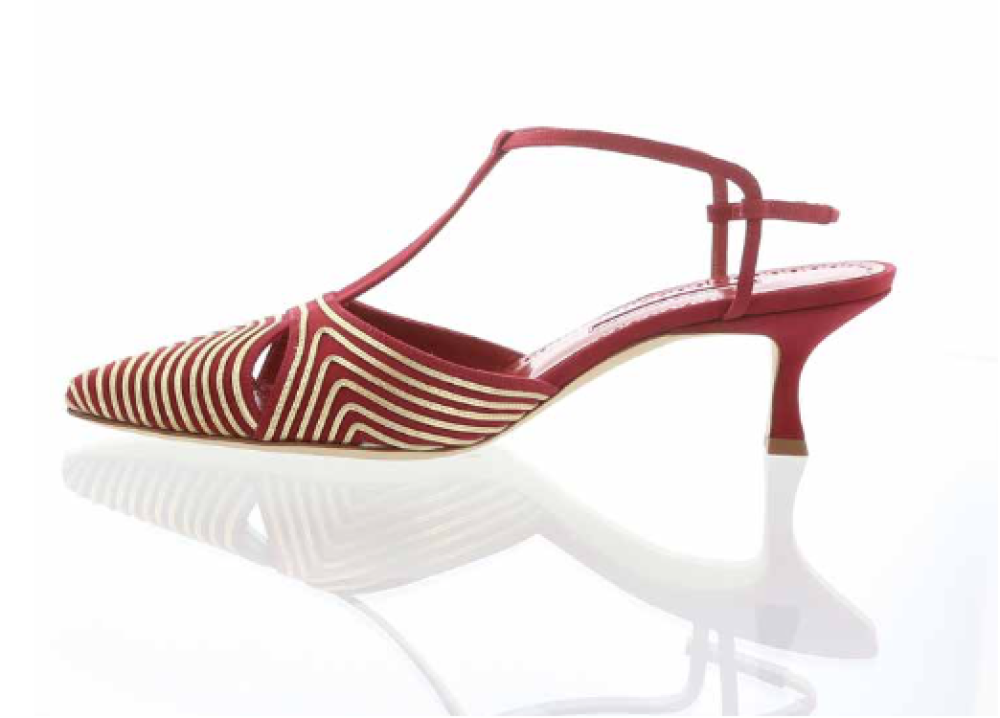
The silhouette of the brand’s shoes is very distinctive. None of it seems to ever age.
So, like I said, sneakers are not our thing, platforms are not our thing. It has to be proportionate. It needs to be well-balanced with the overall look – our look, which is a subjective look of what he or she might look like and we’re never going to compromise that. We’ll always speak to our customer because we’re consistent in our message. We never try and confuse by going, “Well, we’re not going to design for you this year even though you’ve been loyal to us.”
I’d rather be smart and considered and smaller, but be exactly what we want to be and if people love it then that’s incredible and we will then grow that community. Maybe one aspirational follower will want to get one pair for a special moment in their life, whatever that moment may be, be it a promotion, a new job, marriage – whatever they might want to commemorate – and that’s the only time they can physically have us or want to have us but they’re still part of our community.
It’s what I hope a lot of our shoes are. That every single one has a little story, so they’re actually a part of your life and part of generational lives as well. I love it when I hear someone tell me their mother gave them their shoes. I think ultimately if we’re just doing beautiful things really well and celebrating craft and celebrating creativity, people will find us.
Also see: Dolce & Gabbana receives 2024 Made in Italy Sustainable Award



